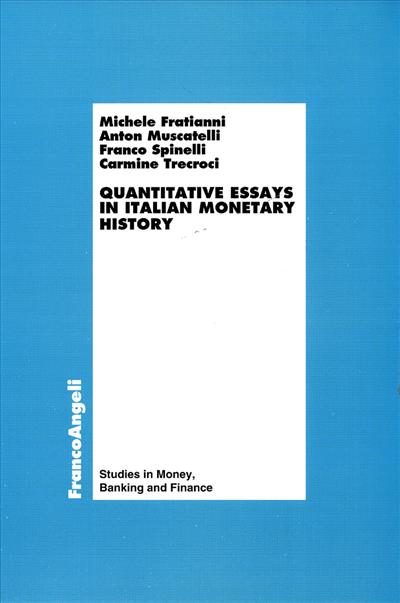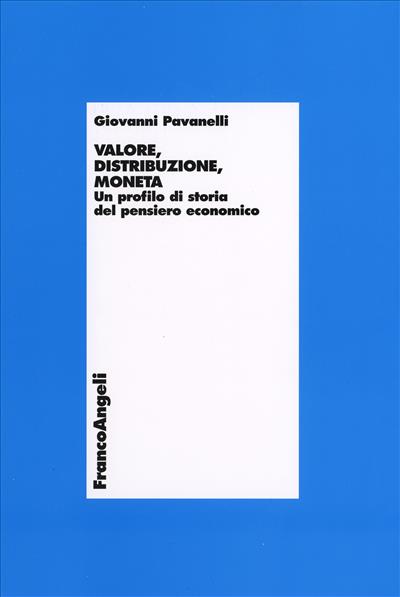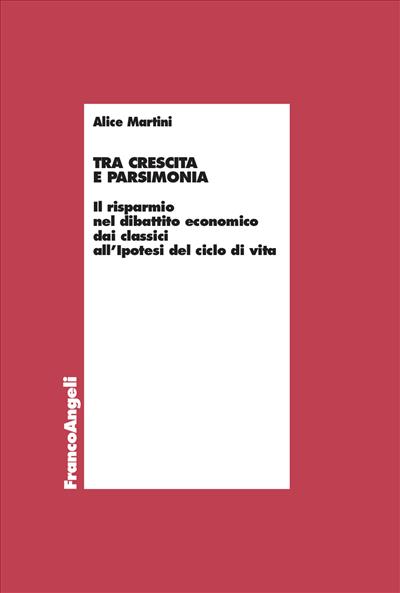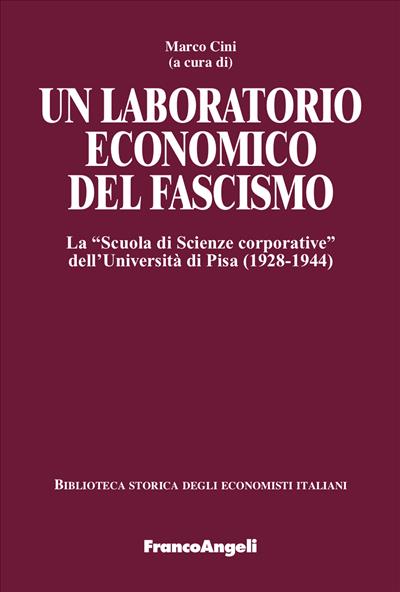
Michele Fratianni, Anton Muscatelli, Franco Spinelli, Carmine Trecroci
Quantitative essays in italian monetary history
Italy, amongst the major industrial economies of the past century, has not been studied with the same analytic focus of similarly sized economies like France or UK. Finally, Italy’s economy holds peculiar features that make its experience with market discipline and macroeconomic policies over the centuries a unique case study in the long-lasting debate over the optimal design of monetary policies.
Pagine: 224
ISBN: 9788856838749
Edizione: 1a edizione 2012
Codice editore: 363.86
Disponibilità: Discreta
Pagine: 224
ISBN: 9788856869903
Edizione:1a edizione 2012
Codice editore: 363.86
Possibilità di stampa: No
Possibilità di copia: No
Possibilità di annotazione: No
Formato: PDF con DRM Readium LCP




